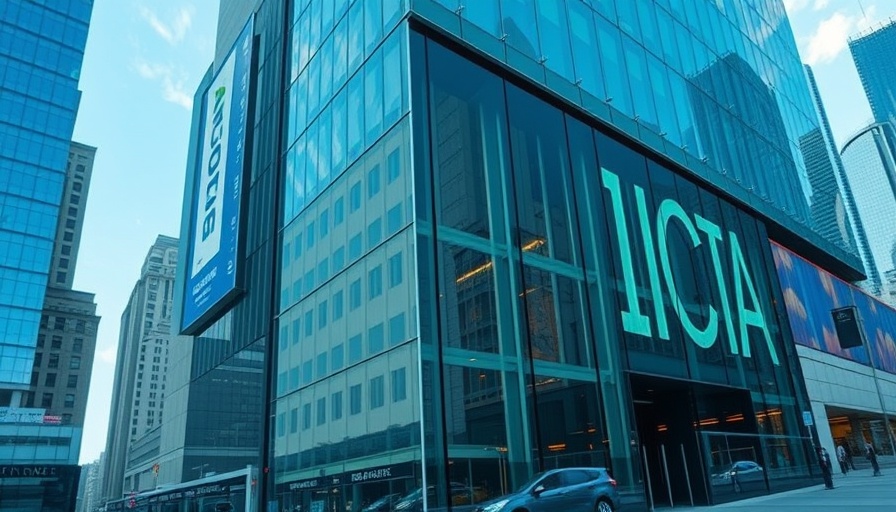
How Tariff Jitters Have Revolutionized Apple’s Growth
In the realm of consumer technology, Apple has recently emerged as a surprising winner amid mounting economic uncertainties. Reports indicate a remarkable 17% increase in Apple PC shipments during Q1 2025, a growth attributed largely to tariffs imposed and speculated during the Trump administration. As consumers rushed to purchase laptops before potential price hikes, Apple benefited significantly, outpacing global PC shipment growth, which stood at nearly 7% during the same period.
Forecasting the Future Market Dynamics
However, experts caution that this surge may not be sustainable. Analysts from Counterpoint suggest that many early Q1 buyers were likely those who would have made purchases in Q2. This means a possible decline in demand for Apple PCs in upcoming quarters. William Li, a senior analyst, emphasizes that the competitive landscape will hinge on manufacturers' abilities to diversify their supply chains and mitigate tariff impacts.
The Competitive Landscape in Consumer Technology
Despite Apple’s recent successes, it is essential to recognize the shifting dynamics within the global PC market. Companies like Lenovo and HP have also reported impressive shipment increases of 11% and 6% respectively. Lenovo maintains the largest market share, with 25%, while HP and Dell follow with 21% and 16%. This competitive environment highlights that while Apple thrives at the moment, other manufacturers are also vying for market dominance, suggesting an exhilarating yet uncertain future ahead.
Local vs. Global Manufacturing Challenges
As Apple continues to expand its operations in the U.S. with plans for a new facility in Houston aimed at server production, the reality remains that the majority of high-value components necessary for PCs are still sourced from abroad. This creates a unique tension, as even American-assembled machines might face import tariffs if their parts are manufactured in countries like Vietnam or India. Understanding these complexities is crucial for consumers and investors alike in the tech industry.
In conclusion, as the landscape of consumer technology continues to evolve amid economic uncertainty, keeping an eye on these dynamics can provide key insights into future trends and opportunities. Apple’s notable growth, driven in part by tariff-induced urgency, reminds us of the interconnectedness of global supply chains and the unpredictable nature of market demands.
 Add Row
Add Row  Add
Add 




Write A Comment